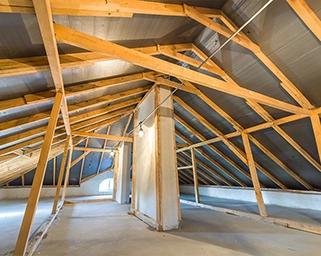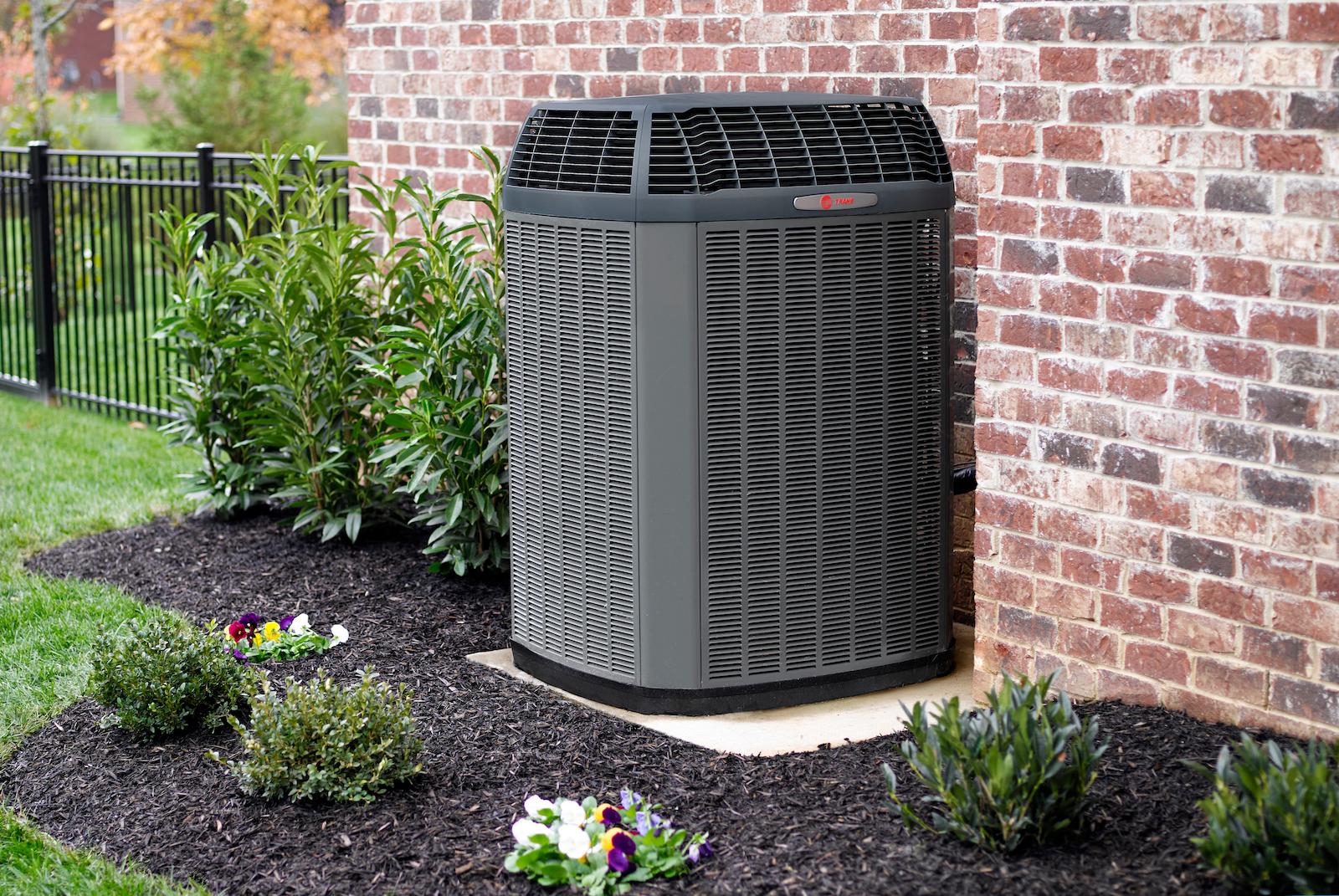5 Ways to Keep Your Home Warmer This Winter
Learn how to stay warm with these five tips and tricks for the winter.
There’s nothing more comforting than stepping into a nice, warm home when it’s frigid outside. (Especially if you’ve got the confidence of having checked off all items on your fall home maintenance checklist.) Whether you keep your home toasty with a gas furnace or electric heat such as a heat pump, here are 5 ways to keep your home warmer this winter.
1. Do a DIY Gap Analysis
Small gaps around doors and windows can add up to a big chill, so that’s an important place to start warming up your home: Double-check the weather stripping and break out the caulk gun where needed. Beyond those usual culprits, however, there are a few additional places to investigate that can hinder your ability to keep the warm air in and cold air out. Cracks in exterior brickwork, as well as gaps around exterior electrical outlets and plumbing, can be sealed with weather stripping or caulk. While you’re in air-tightening mode, verify that your fireplace damper seals correctly (when you’re not cozied up in front of it) and check your kitchen hood, which may be exhausting warm air 24/7, not just when the fan is running.
2. Enlist Expert Help
Particularly if you have an older home, lack of insulation can result in significant warm air loss or cause one of your rooms to be colder than the others. An insulation expert can identify the proper amount and location for more insulation to maintain a warm house. For an even more comprehensive review, consider a home energy audit, which can help you identify issues such as leaky HVAC ductwork. Your local utility company may offer discounted audits, or visit Energy.gov for additional home energy assessment resources.
3. Watch Your Windows
While it’s enjoyable to stare out at flurries falling or kids playing in the snow, you don’t want your windows to be a route for heat to escape to the outside. More expensive solutions for keeping your home warmer include installing energy-efficient windows or storm windows, while shrink-wrap kits offer a simple, affordable second layer of insulation.
Energy-efficient window coverings, particularly thermal curtains, insulated cellular shades, and draft stoppers, can offer significant heat savings as well. You can also use curtains for winter insulation to help your home stay warm. According to Energy.gov, even conventional draperies can reduce heat loss up to 10% when they’re closed. Ideally, they should be as close as possible to the window; having two draperies together is even better.
4. Get Smart with Your Thermostat
Unlike the previous three tips, a smart thermostat doesn’t keep the warm air in and the cold air out — but it can help you feel that way while also saving on energy costs. One of the key benefits of using a smart thermostat is the ability to program and customize your heating schedule according to your lifestyle. Smart thermostats allow you to set specific house temperature settings for different times of the day. This means you can have a warm and cozy home when you need it, without wasting energy when you don't.
Experts recommend a daytime temperature of 68 degrees Fahrenheit when you’re up and around at home, but you can let that drop by 10 degrees or so at night when you’re snuggled in bed, or when you’re away. With a smart thermostat such as the Trane ComfortLink™ II XL1050, it’s easy to set a daily schedule or to change temperatures from your mobile device and the Trane Home app.
5. How Your HVAC System Can Keep Your Home Warmer
A call to your friendly local HVAC service technician for annual maintenance will give you peace of mind at far less than the cost of a new furnace. One of the most common reasons for a winter service call is that “the furnace is not turning on.” As a result, it’s a smart practice to turn on your furnace a few times before really cold weather hits — so if you do need a furnace repair, it’s not an urgent situation. Remember, too, that if you have electric heat with a heat pump, that heat pump efficiency decreases as temperatures get to freezing and below. The air coming out of the vents may feel colder than usual.
In some cases, no matter how good a job you or a professional have done to keep the warm air in, your furnace or heat pump may be getting old or simply not up to the task when the weather outside is frightful. If that’s the case for your home, here are a few upgrade options to consider depending on your situation:
- To avoid temperature swings – For an energy-efficient way to warm your home evenly, best bets are a gas furnace with multiple heating stages, a variable speed heat pump, or a variable speed dual-fuel hybrid system.
- To eliminate specific cold and hot spots – Using thermostats, sensors, and motorized dampers, a zoning system offers accurate temperature control in different areas throughout your house.
- To save energy in a high-efficiency home – For newer homes that require fresh ventilated air, an energy recovery ventilator retains the heat and moisture from the exhaust air before sending it outside.




